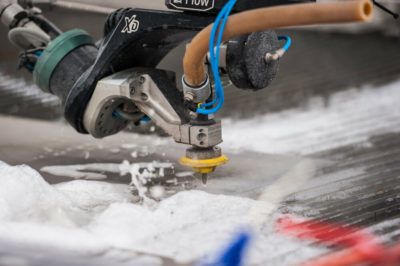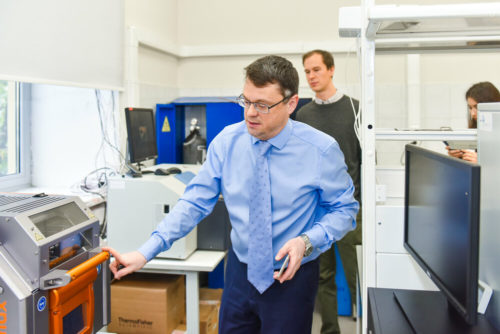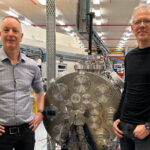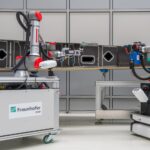Materials scientists from National University of Science and Technology MISIS have presented a new technology for producing the aluminum matrix composites from the new raw materials — promising composite powders for 3D printing of light and durable cases for aircraft and automotive engineering. The new method increases the uniformity of properties and hardness of the obtained 3D printed composites by 40% in comparison with analogous. The results have been published in the international scientific journal Journal of Alloys and Compounds.
Aluminum matrix composites
Aluminum matrix composites are a group of advanced materials with several unique advantages: they are lightweight, have high strength, low thermal expansion coefficient and excellent wear resistance. Therefore, these materials can be used for the automotive, aerospace and defense industries.
The material has such properties due to its chemical composition and a special method of production — 3D printing using SLM (Selective Laser Melting) technology. As a result, the composite consists of spherical aluminum particles hardened with ceramic additives or coated with a layer of aluminum oxide.
 Alumina is one of the most optimal reinforcement (hardening) additives, and it uses into the composition to improve the mechanical properties of aluminum composites. In particular, the authors of the study experimentally proved an increase in the strength of the printed composite material due to aluminum oxide by 40 % compared to aluminum without additives. Thus, alumina provides a higher heat resistance of the composite powder at elevated temperatures. It also increases the stability of the powder composition compared with the most common ceramic additives, which makes the material especially useful for aircraft construction.
Alumina is one of the most optimal reinforcement (hardening) additives, and it uses into the composition to improve the mechanical properties of aluminum composites. In particular, the authors of the study experimentally proved an increase in the strength of the printed composite material due to aluminum oxide by 40 % compared to aluminum without additives. Thus, alumina provides a higher heat resistance of the composite powder at elevated temperatures. It also increases the stability of the powder composition compared with the most common ceramic additives, which makes the material especially useful for aircraft construction.
The new technology
Scientists from NUST MISIS have developed a new method of hydrothermal oxidation of aluminum to create a reinforcement (hardening) oxide film of a certain thickness on the surface of aluminum particles. In the other words, on the surface of each spherical particle of pure aluminum, a “package” is formed — a layer of aluminum oxide of a certain thickness. The obtained aluminum composite in its characteristics is suitable for use in advanced additive manufacturing (SLM technology).
“This technology is based on the so-called in-situ method, meaning the creation of a composite structure within each particle,” said Alexander Gromov, head of the project, professor at NUST MISIS. “The initial aluminum powder (with 99.85% purity) has been subjected to partial hydrothermal oxidation in an autoclave for 30 minutes. As a result, an oxide layer with 10 and 20% of Al2O3 content has been formed on the surface of aluminum powder particles. In the final phase, the powder has been heated in the modes from 150 to 600 degrees Celsius.”
Achieving a better uniformity of properties

The main advantage of the method is the high activity of the obtained powder particles and the uniformity of their properties in the whole mass, which cannot be achieved using alternative methods for producing aluminum matrix composites, in particular — introducing ceramic fillers into molten aluminum.
Currently, the team has begun testing the obtained composites in the conditions of additive manufacturing.
Source: NUST MISIS















